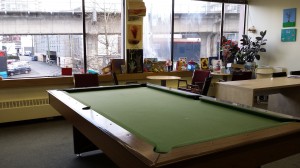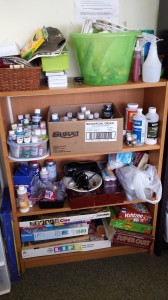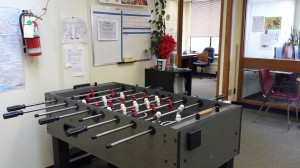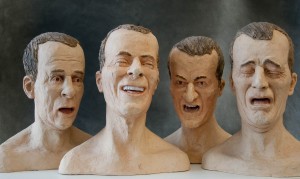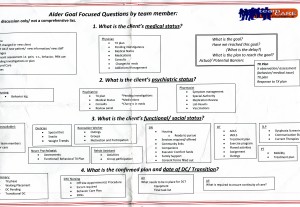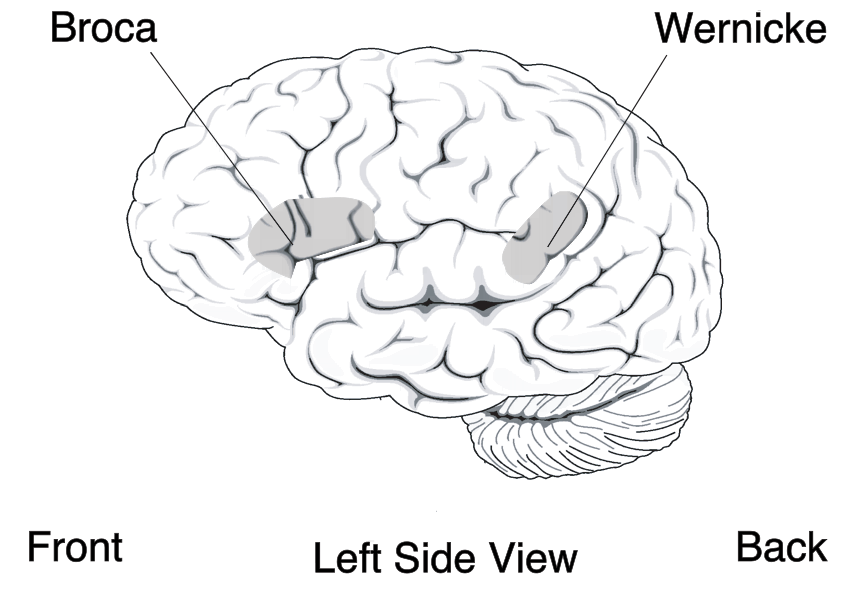This visit, I had the pleasure of meeting many new members. When Brandon and I arrived, everyone was sitting in the kitchen waiting for lunch. One of the staff member’s had made his specialty, baked pasta, and was not letting anyone help, which gave us time to talk with everyone. Topics of conversation included the trip Chelsea* had just returned from, Aubrey’s* younger sister and discussing potential attractions at Granville Island that day.
After lunch, Jace* and Aubrey helped me hone my pool abilities. When I say I’m not very good, I’m not being modest! I ended up winning the game only because Jace insisted that I get a Mulligan for each shot I spectacularly missed and helped me to adjust my technique. Dakota mentioned in his first post how he had expected to assume the role of “helper” while at Headway but found the reverse. I could relate to this comment while hopelessly attempting to hit the cue ball into the ball I was aiming for, then watching my opponent effortlessly make each shot. I greatly appreciated Jace’s and Aubrey’s patience.
Once at Granville Island, we enjoyed live music but sadly, there were no sea lions. This week, Mack*, who uses a wheelchair, joined us for the excursion. Having him with us really highlighted for me how inaccessible the Island and the surrounding areas are for wheelchairs. This observation builds on what our guest speaker discussed; she had pointed out how Headway’s location can pose a challenge from cognitive standpoint in addition to being isolated. On this walk, the terrain reminded me of the wheelchair obstacle course at ICORD; not all the curb ramps went flush to the ground or lined up with crosswalks, there were train tracks, uneven pavement, construction and even an open manhole. Mack seemed to greatly enjoy the outing and it is unfortunate that this isn’t something he would be able to do on his own. While Vancouver has policies pertaining to pedestrian accessibility, not all of the recommendations are in place there.
I stayed for an extra hour to participate in music therapy. After my brief exposure to it during my first visit and hearing Norika cover it in her facilitation, I was really interested to see one of these sessions firsthand. The therapy student had brought many instruments, including drums, hand chimes and a qchord.
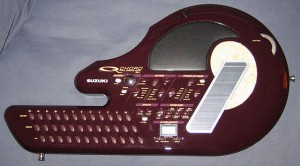
Qchord (via Flicker)
The video below (start at 1:00) gives you an idea of how it sounds and how it works

Shane* enthusiastically played whatever was within his reach and kept calling for people to hula dance to his beat, especially the only male staff member! In addition to boosting mood, this therapy has been credited with helping to focus attention and increase engagement in treatment (Magee et al., 2011). Interestingly, when it came to the qchord and the hand chimes, Shane was so excited to be making noise that he couldn’t stop long enough to learn the piece. I wondered if he would have been able to more fully participate in the planned activity had the instruments been less exciting!
*Name has been changed



